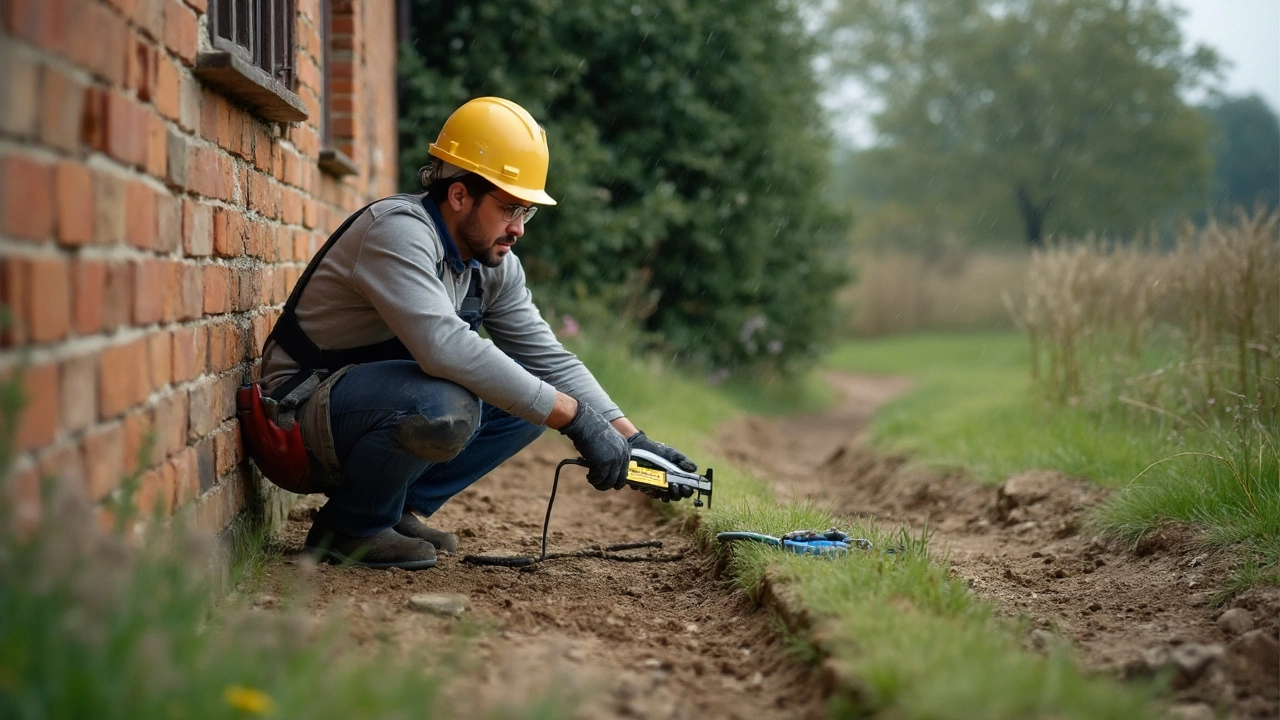Fixing a crack in a house foundation can vary in time depending on the size and severity of the crack. Minor fixes might be done in a day, while more severe cracks can require weeks of attention and careful work. It's crucial to consider the right repair methods and the expertise of the professionals involved. Safety and ensuring the integrity of the house are top priorities. With thorough assessment and planning, foundation repair can be managed efficiently.
Repair Time: How Long Fixes Really Take and How to Speed Them Up
Ever started a repair and thought it would be a quick fix, only to watch the calendar fill up? You’re not alone. Understanding why some jobs drag on while others wrap up fast can save you time, stress, and money.
From a leaky tap to a cracked tile floor, each repair has its own rhythm. The key is knowing the main drivers that affect the timeline and learning a few tricks to keep things moving.
What Determines Repair Time?
First off, the scope of work matters. Replacing a single tile is nothing compared to re‑tiling an entire bathroom. Bigger jobs naturally need more material, more crew hours, and more coordination.
Material availability is the next big factor. If you order a specialty stone and it’s back‑ordered, weeks can slip by before the first piece arrives. Always check stock levels early and have a backup option if possible.
Then there’s accessibility. A pipe hidden behind a wall or a cracked floor under heavy furniture adds extra steps. Sometimes you have to dismantle parts of the space just to reach the problem area, which adds days to the schedule.
Weather and site conditions aren’t just for outdoor projects. High humidity can delay plaster drying, while extreme cold can make certain adhesives set improperly. Planning around the forecast helps avoid unwanted pauses.
Finally, contractor availability and communication play a huge role. A busy builder juggling multiple jobs may not start on yours right away, and miscommunication about expectations can cause re‑work.
Tips to Keep Your Project on Track
1. Set clear milestones. Break the repair into bite‑size stages—order materials, prep the area, complete the fix, finish cleanup. Knowing exactly what needs to happen next keeps everyone focused.
2. Check stock early. Call suppliers or browse online before you sign off on a design. If a product is low on stock, order it right away or choose an equally good alternative.
3. Prep the space yourself when possible. Moving furniture, covering floors, or clearing a work zone can shave a day or two off the contractor’s schedule.
4. Stay in touch. A quick daily check‑in—either a call or a message—helps catch delays before they snowball. If a problem pops up, you can decide fast whether to adjust the plan or wait.
5. Plan for contingencies. Add a buffer of 10‑15% to any timeline. Unexpected issues are almost guaranteed, and a little extra time makes the difference between a smooth finish and a rushed job.
Remember, not every repair can be rushed. Rushing a foundation fix or a structural repair can cause bigger headaches later. The goal is to keep the process efficient, not to cut corners.
By understanding what drives repair time and using these practical steps, you’ll feel more in control of any project—big or small. Whether you’re fixing a cracked tile, rehanging a bathroom vanity, or tackling a major renovation, a realistic timeline and clear communication are your best tools for a successful finish.
Got a repair you’re unsure about? Write down the tasks, check material stock, and set a simple schedule. You’ll be surprised how much smoother the whole process becomes.
